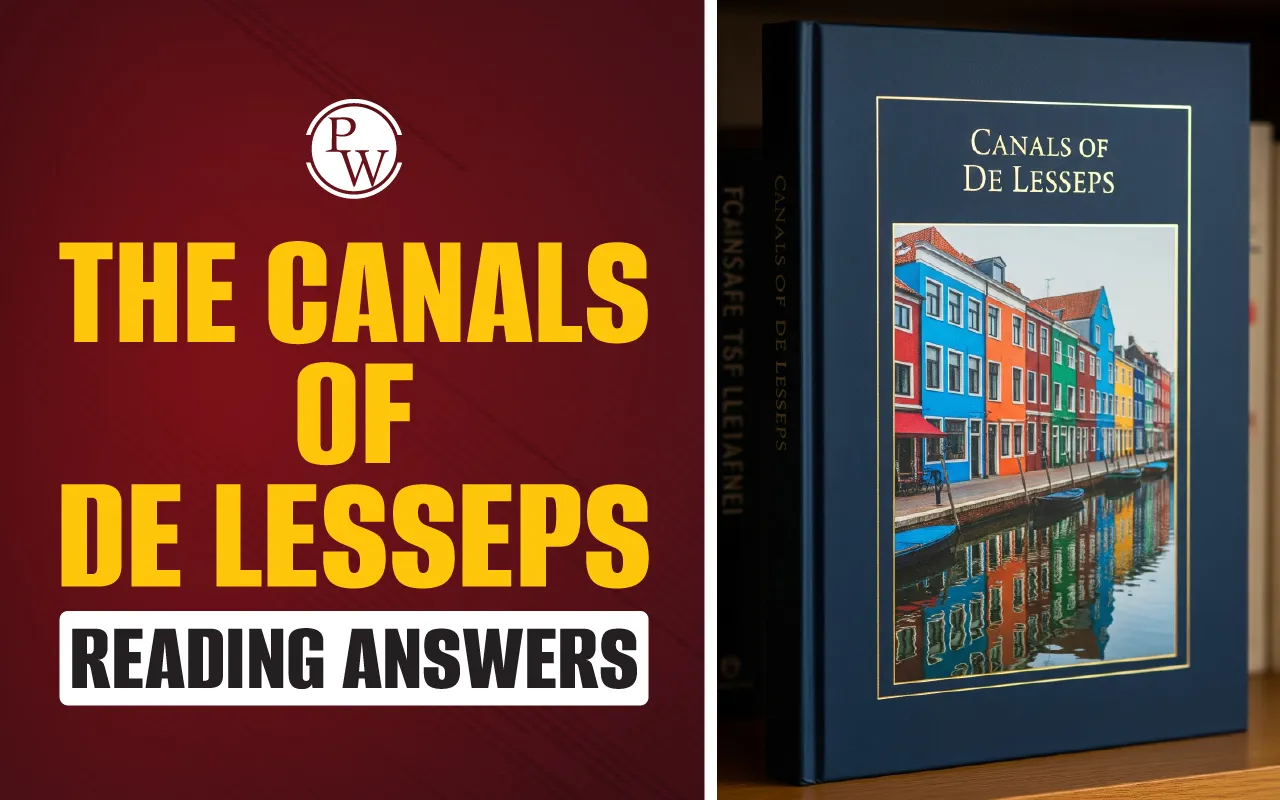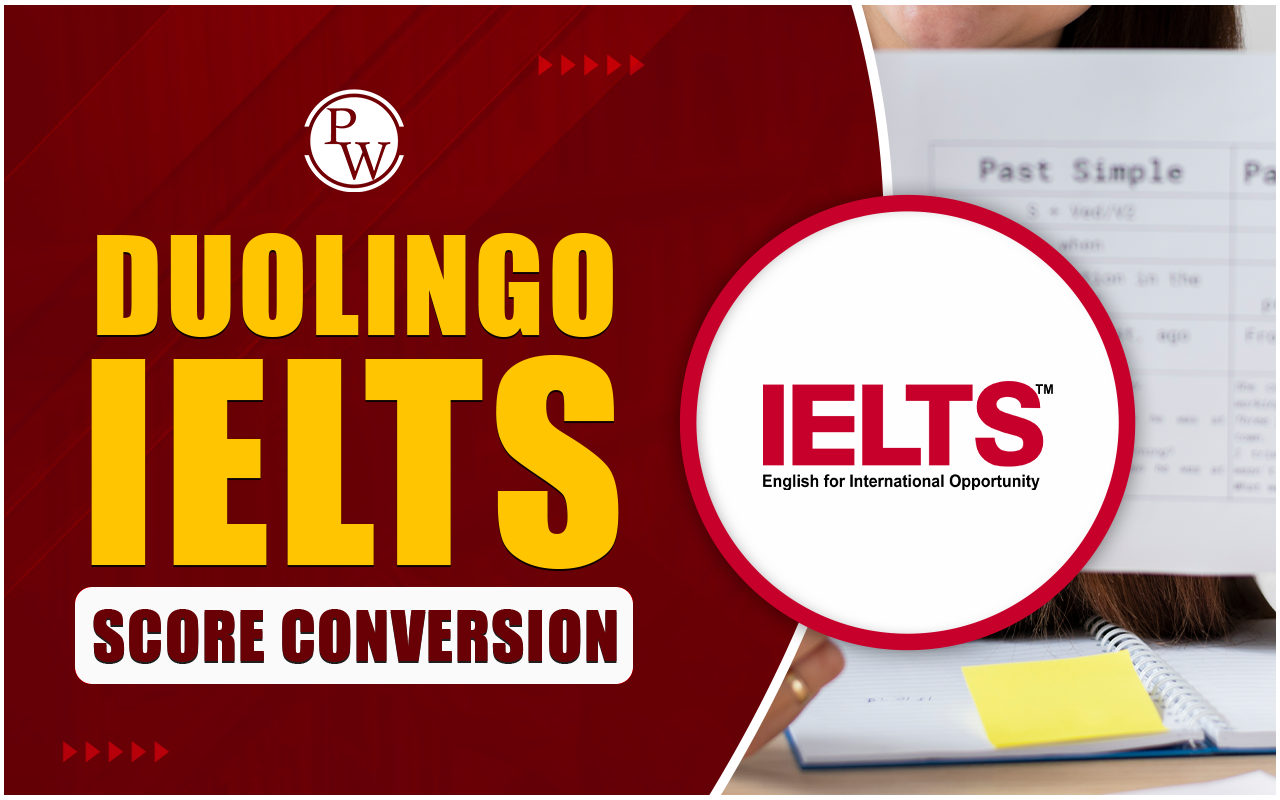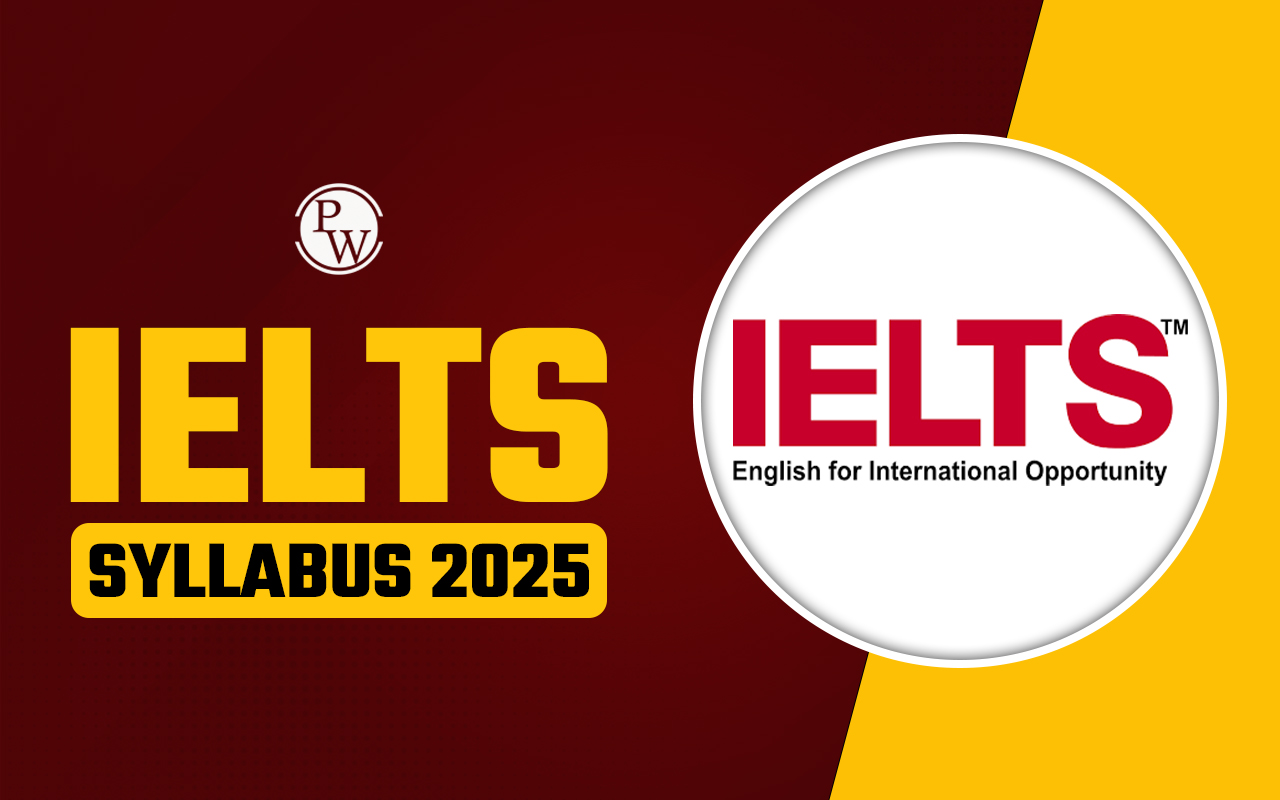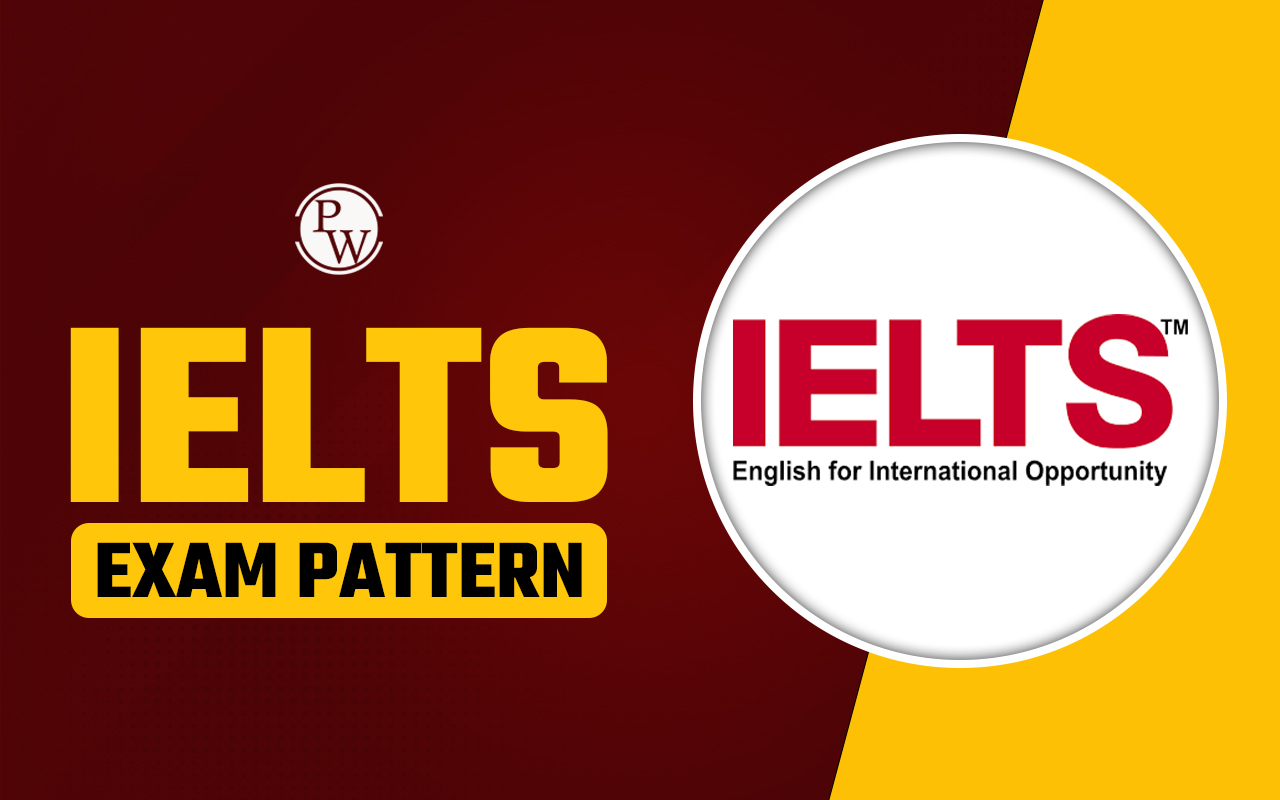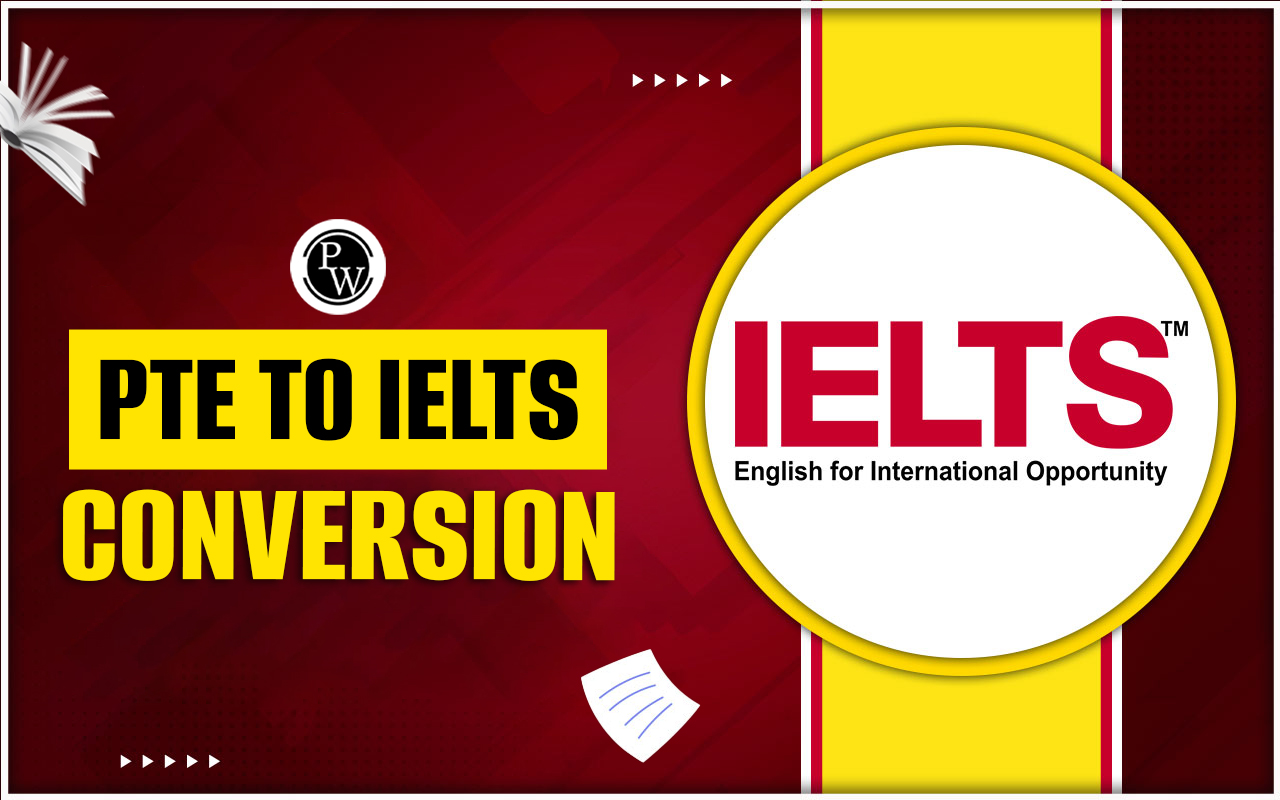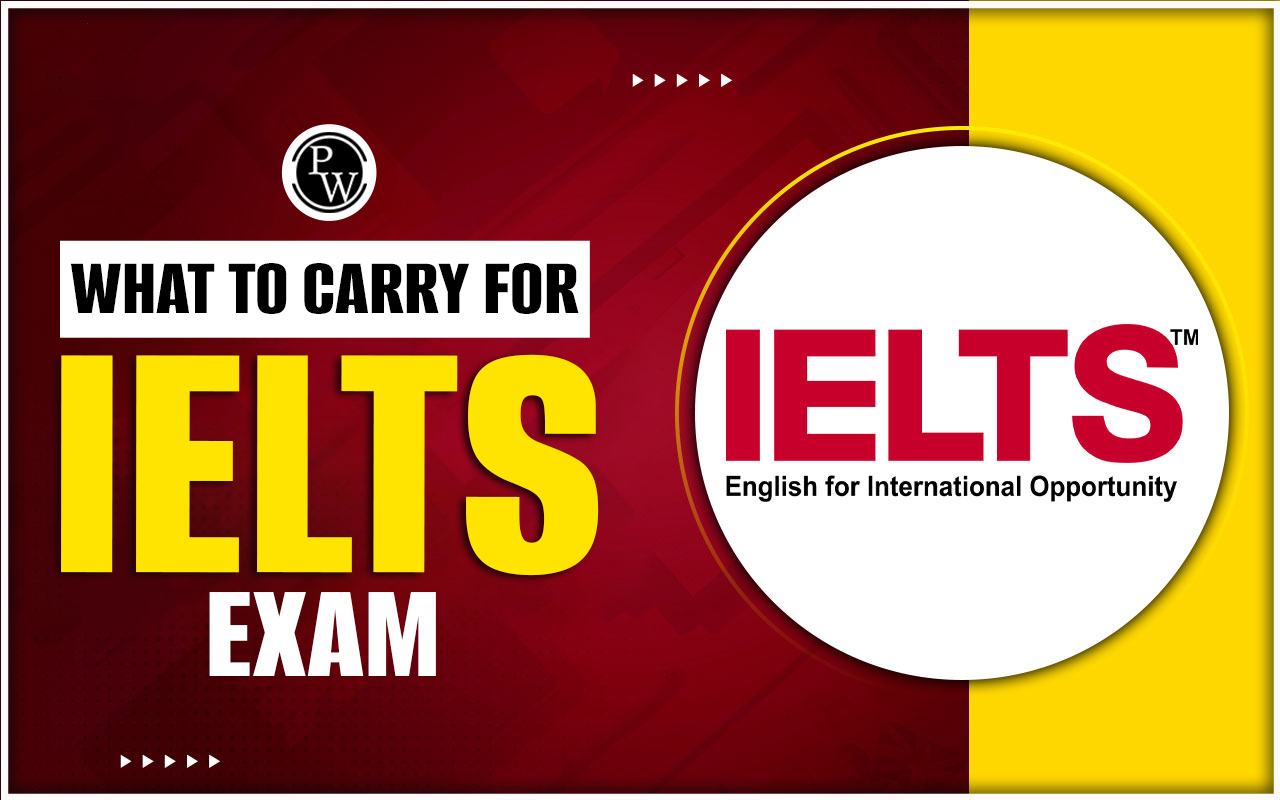
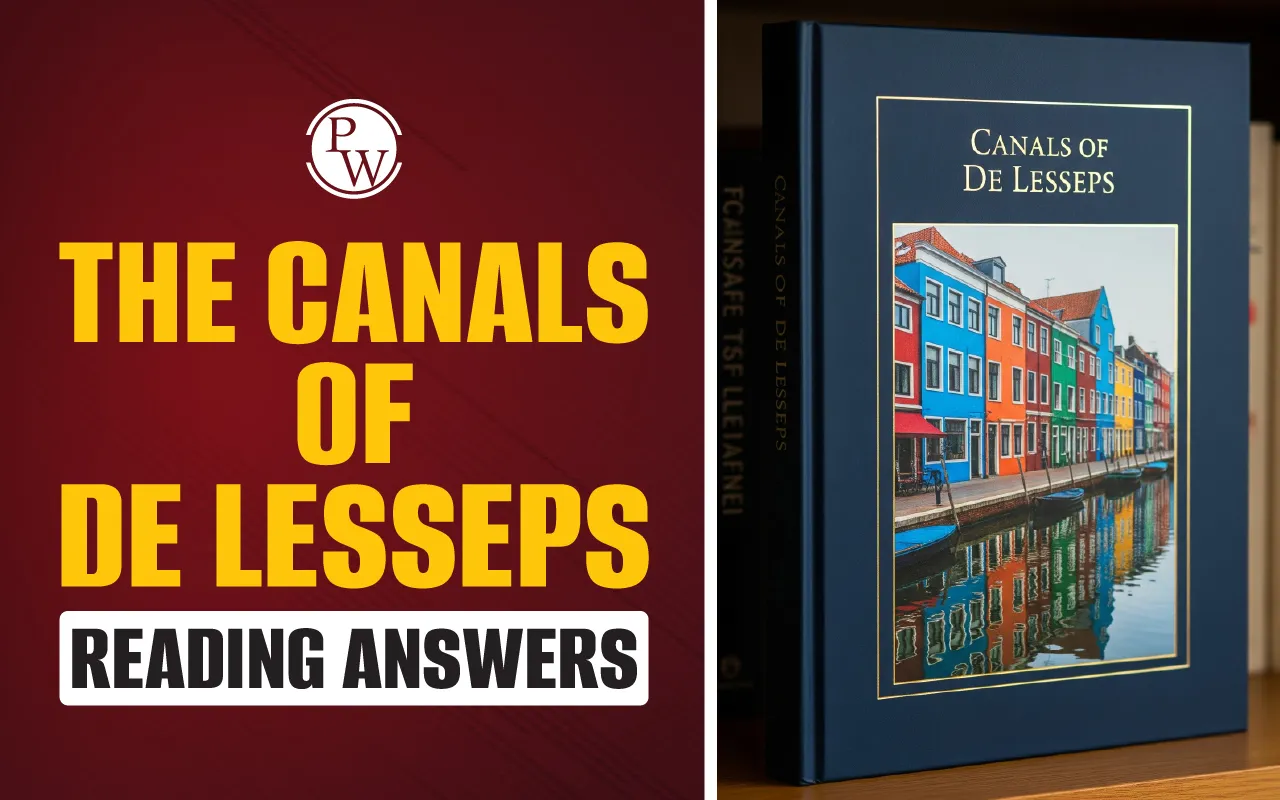
The Canals Of De Lesseps Reading Answers: In the IELTS Reading test, passages often cover historical engineering achievements, requiring candidates to identify specific facts, causes, and effects. One such passage is The Canals of De Lesseps Reading Answers, which focuses on the construction of the Suez and Panama Canals led by Ferdinand de Lesseps.
Understanding The Canals of De Lesseps Reading Answers involves carefully following timelines, analysing technical challenges, and recognising key political agreements—skills that are essential for success in the IELTS Academic or General Training Reading sections.
Free IELTS Reading Practice Tests
IELTS Reading Passage on The canals of De Lesseps
Read the passage and carefully complete the questions.
The Canals Of De Lesseps
A. Two of the most spectacular engineering feats of the last 200 years were of the same type though thousands of miles apart. They were the construction of the Suez and Panama canals. The Panama Canal joins the Pacific and Atlantic oceans while the Suez joins the Red Sea (Indian Ocean) and the Mediterranean (Atlantic Ocean). Both offer ships huge savings in time and mileage. For example, a nine hour trip on the Panama Canal would save a total of 18,000 miles on a trip from New York to San Francisco. Amazingly enough the same French engineer, Ferdinand de Lesseps, played a major part in the construction of both.
B.History of the Panama Canal goes back to 16th century with a survey of the isthmus and a working plan for a canal ordered by the Spanish government in 1529. In the 18th century various companies tried and failed to construct the canal but it wasn’t until 1880 that a French company, organised by Ferdinand Marie de Lesseps, proposed a sea level canal through Panama. He believed that if a sea level canal worked when constructing the Suez Canal, it must work for the Panama Canal. Finally the Panama Canal was constructed in two stages.
C.The first between 1881 and 1888, the work being carried out by the French company headed by de Lesseps, and secondly, the work by the Americans which eventually completed the canal’s construction between 1904 and 1914. The French company ran out of money and an attempt was unsuccessful to raise funds by applying to the French government to issue lottery bonds which had been successful during the construction of the Suez Canal when that project was at the point of failure through lack of money. The French problems stemmed from their inability to create a viable solution to the differences in tidal changes in the Pacific and Atlantic Oceans.
D. There is a tidal range of 20 feet at the Pacific whereas the Atlantic range is only about 1 foot. The Americans proposed that a tidal lock should be constructed at Panama which solved the problem and reduced excavation by an enormous amount. When construction was finally finished, the canal ran through various locks, four dams and ran the lengths of two naturally occurring lakes, the 32 mile Gatun Lake and the 5 mile Miraflores Lake.
E. When the US took on finishing the canal they and the new state of Panama signed the Hay-Bunau-Varilla treaty, by which the United States guaranteed the independence of Panama and secured a perpetual lease on a 10 mile strip for the canal. Panama was to be compensated by an initial payment of $10 million and an annuity of $250,000, beginning in 1913. On December 31st 1999 United States transferred the 51 mile Panama Canal, the surrounding Panama Canal Area and the income back to the Panamanian government.
F. The idea of a canal linking the Mediterranean to the Red Sea also dates back to ancient times. Unlike the modern canal, earlier ones linked the Red Sea to the Nile, therefore forcing the ships to sail along the River on their journey from Europe to India. It consisted of two parts: the first linking the Gulf of Suez to the Great Bitter Lake, and the second connecting the Lake to one of the branches in the Nile Delta that runs into the Mediterranean. The canal remained in good condition during the Ptolemaic era, but fell into disrepair afterwards and was completely abandoned upon the discovery of the trade route around Africa.
G. It was Napoleon’s engineers who, around 1800 AD, revived the idea of a shorter trade route to India via a Suez canal. However, the calculation carried out by the French engineers showed a difference in level of 10 metres between both seas. If constructed under such circumstances, a large land area would be flooded. Later the digging of the canal was undertaken by the Ferdinand de Lesseps, who showed the previous French sea height estimates to be incorrect and that locks or dams were not needed.
H. In 1859, Egyptian workers started working on the construction of the canal inconditions described by historians as slave labour, and the project was completed around 1867. The canal is 163 km long, and has a width of a minimum of 60 metres. The canal cuts through three lakes, Lake Manzala in the north, Lake Timsah in the middle and the Great Bitter Lake further south. The largest, the Great Bitter Lake makes up almost 30 km of the total length. The canal is extensively used by modern ships as it is the fastest crossing from the Atlantic Ocean to the Indian Ocean.
I. In July 1956 the Egyptian president Nasser announced the nationalisation of the canal in response to the British, French and American refusal for a loan aimed at building the Aswan High Dam on the Nile. The revenue from the canal, he argued, would help finance the High Dam project. Since then the Egyptians have controlled the canal. Today, approximately 50 ships cross the canal daily and the cities and beaches along the Great Bitter Lake and the canal serve as a summer resort for tourists.
Also Read:
Sample IELTS Reading Questions
Questions 1–13
Use the information from the passage “The Canals of De Lesseps” to complete the following questions.
-
What type of canals were built by De Lesseps?
-
How many stages were there in the construction of the Panama Canal?
-
Why did the French company fail in building the Panama Canal?
-
What major problem did the tidal difference cause?
-
What solution did the Americans propose to solve the tidal range issue?
-
What was the name of the treaty signed between the US and Panama?
-
When was the Panama Canal handed back to Panama?
-
How did the earlier Suez Canal connect the Red Sea to the Mediterranean?
-
What error did Napoleon’s engineers make during their calculations?
-
What was discovered about the sea level difference by De Lesseps?
-
What lake forms almost 30 km of the Suez Canal?
-
Why did President Nasser nationalise the Suez Canal?
-
How many ships pass through the Suez Canal daily today?
The Canals of De Lesseps Reading Answers Table
Answers to Questions 1-13
|
Question |
Answer |
Explanation |
|---|---|---|
|
1 |
Sea-level canals |
Both Suez and Panama were intended as sea-level canals by De Lesseps. |
|
2 |
Two |
The French started it, and the Americans completed it in two stages. |
|
3 |
Lack of funds |
The French company failed to raise enough money to finish the project. |
|
4 |
Tidal imbalance |
Pacific Ocean tides are much higher than Atlantic tides, creating engineering issues. |
|
5 |
Tidal lock |
The Americans used a tidal lock system to balance the ocean levels. |
|
6 |
Hay-Bunau-Varilla treaty |
This treaty gave the US control of the Canal Zone and guaranteed Panama’s independence. |
|
7 |
1999 |
The US returned the canal and its income to Panama on December 31st, 1999. |
|
8 |
Through the Nile |
Earlier canals connected the Red Sea to the Nile River before reaching the Mediterranean. |
|
9 |
10-metre error |
They mistakenly thought there was a 10-metre sea level difference. |
|
10 |
No difference |
De Lesseps proved there was no significant difference, so no locks were needed. |
|
11 |
Great Bitter Lake |
This lake makes up almost 30 km of the canal’s total length. |
|
12 |
To fund Aswan Dam |
He nationalised it to use the revenue to fund the High Dam project. |
|
13 |
50 ships |
Approximately 50 ships pass through the canal daily today. |
| IELTS Reading Band Score | IELTS Listening Band Score |
| IELTS Speaking Band Score | IELTS Writing Band Score |
Guidance of PW IELTS
Physics Wallah offers a few popular online IELTS courses for all students. Follow the latest IELTS articles to better prepare for the exam.
| IELTS Registration | IELTS Eligibility Criteria |
| IELTS Exam Pattern | IELTS Syllabus |
| IELTS Exam Dates | IDP IELTS Test Centers |
